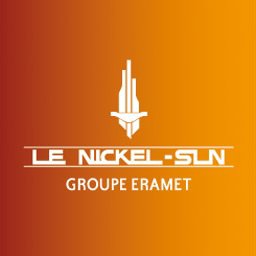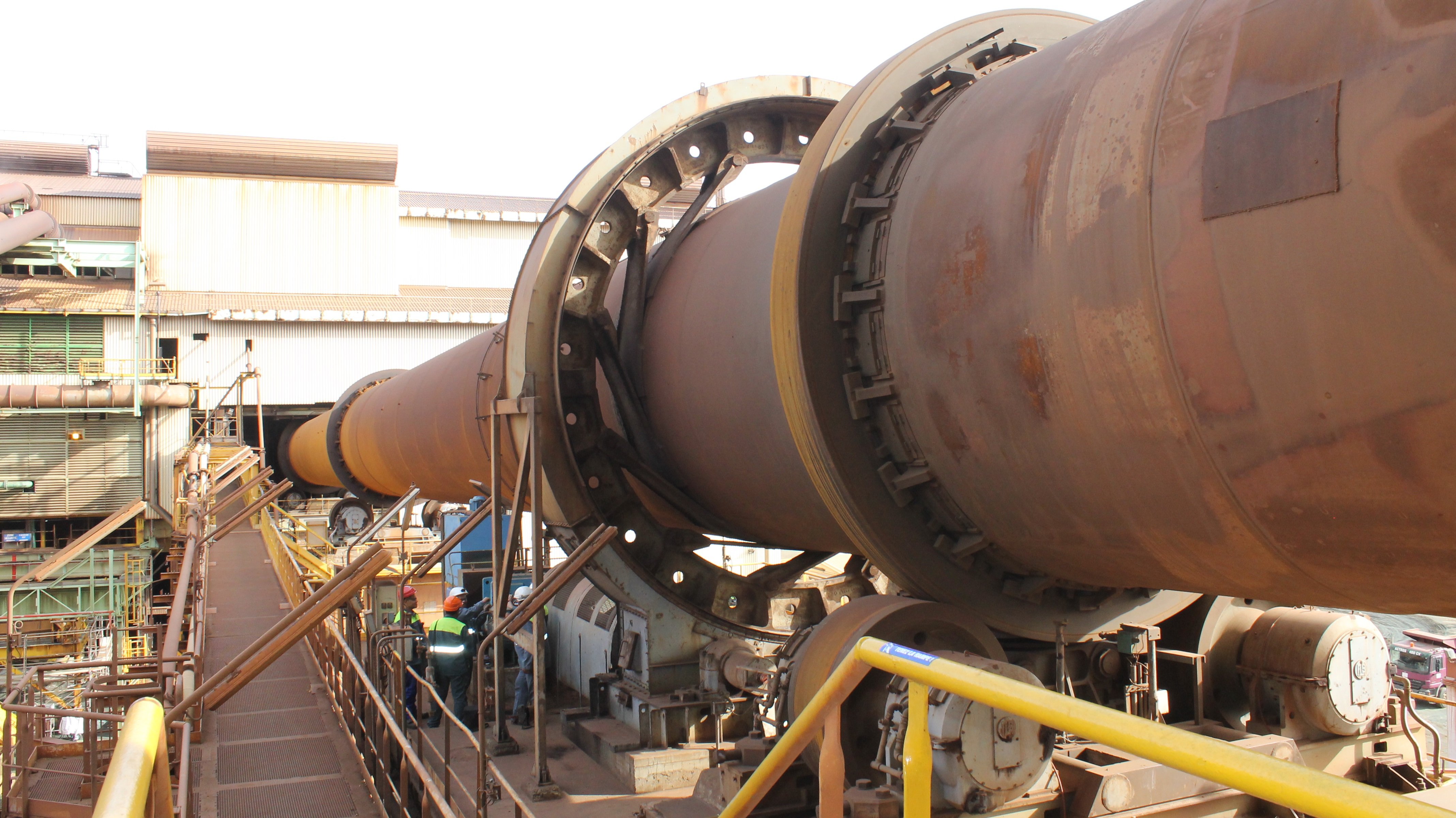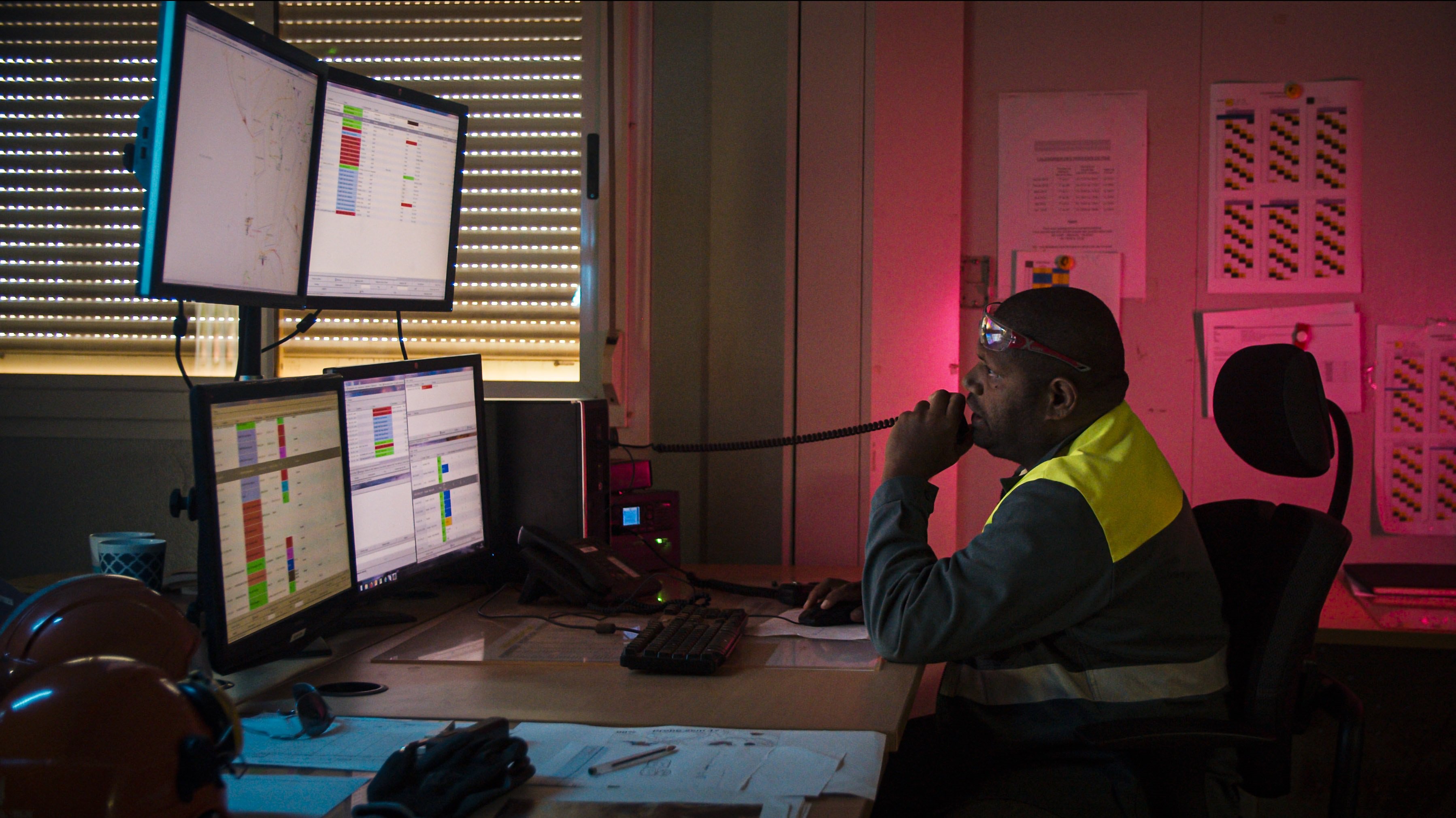
Société Le Nickel (SLN), part of the Eramet Group, is the world’s largest producer of ferronickel.
- Legacy system was too slow – causing frequent electrical trips due to product temperature being too high, which was compromising product quality.
- Legacy system was not user-friendly and was difficult to maintain leading to uptime issues.
- Rockwell Automation’s FactoryTalk Analytics Pavilion8® platform, a model predictive control solution that controls the plant in real time. The platform offers an intelligence layer that sits on top of automation systems and continuously assesses current and predicted operational data.
- Improved performance, using autonomous and real-time data, and comparing this to desired results. Model Predictive Control sets new control targets in the control system to reduce process variability, improve performance, and boost efficiency.
- Reduced errors, including a 6% reduction in product temperature error, and a 16.1% reduction in temperature profile variability.
- Improved uptime, which increased from 70% to 83% with the new Rockwell software.
Characterized by the ability to resist corrosion at high temperatures and its usefulness as an alloying element, nickel plays a critical role in a host of industry sectors ranging from aerospace and chemical to electrical and automotive.
Société Le Nickel (SLN), part of the Eramet Group, is the world’s largest producer of ferronickel. The 140-year-old company also produces manganese, lithium, and titanium which are critical for the manufacturing of batteries, paint pigments, and wind turbines among other products.
Processing ores is a complex activity requiring the stable control of the rotary furnaces' temperature profile and automating operations across different operating ranges. Feed ore introduced into the rotary kiln undergoes calcination as it travels through the length of the furnace. If the calcined product is not at a high enough temperature, product quality is compromised.
Heat is distributed across the furnace with air being supplied for combustion to occur. If there’s too much air supplied, more fuel needs to be burned to maintain the same product temperature, thus decreasing energy efficiency. Excess oxygen must be minimized to a safe level to reduce operating costs and greenhouse gases.
Legacy System Lags
SLN was using an expert system, an existing fuzzy logic controller, designed to automate the operation of the furnace. However, the company faced several challenges with the legacy system, particularly with varying ore content and variable heating values leading to temperature spikes and frequent electrical trips. Trips were being caused by high product temperature, which compromises both the quality of the product, and the integrity of the equipment.
“The fuzzy logic was unable to reduce fuel fast enough to prevent trips from occurring and when in manual operation, the operators were not able to react quickly enough,” explained Leslie Hii, one of Rockwell Automation’s advanced process control engineers responsible for delivering the SLN project.
“Maintaining the required furnace temperature can be complex and challenging given the number of variables that need to be managed. Fuel type can be oil, coal, or a mixture of the two – each with their unique thermal characteristics. Moreover, the rate of feeding material impacts the furnace temperature and needs to be carefully managed,” said Hii.

Société Le Nickel (SLN), part of the Eramet Group, is the world’s largest producer of ferronickel. Pictured is one of the five furnaces managed by Rockwell Automation’s FactoryTalk® Analytics™ Pavilion8® software. Image copyright: Société Le Nickel (SLN), part of the Eramet Group.
Adding an Intelligence Layer
The expert system can only be turned on when the furnace is operating normally and in the event of any instability, the operators turn it off and take control. The expert system also rated poorly in terms of user friendliness and ease of maintenance, both factors contributing to low system uptime.
To rectify the situation, SLN upgraded to Rockwell Automation’s FactoryTalk® Analytics™ Pavilion8®. This model predictive control (MPC) solution offers an intelligence layer that sits on top of automation systems and continuously assesses current and predicted operational data. It then compares this data to desired results, and drives new control targets to reduce process variability, improve performance, and boost efficiency – all autonomously and in real time.
“Using a MPC solution is an ideal example of how Rockwell Automation is using artificial intelligence to drive better operational results by making use of available data. In this project, we also used machine learning, process knowledge, and data to develop kiln models tailored to SLN’s operations,” said Hii.
The initial phase of the enhanced solution was successfully completed in just 13 months in contrast to the years it took to implement the expert system. It has already been implemented in five rotary furnaces at SLN’s facility. Operators now have the option to minimise the usage of high value fuel oil while maximizing lower value pulverized coal during mixed mode operation.

SLN upgraded to Rockwell Automation’s FactoryTalk® Analytics™ Pavilion8® to boost efficiency and performance. Image copyright: Société Le Nickel (SLN), part of the Eramet Group.
Investment Pays Off
“The MPC application can handle significant variability on ore feed and heating values and prevents trips from occurring, allowing the furnace to stay in operation at a higher rate,” said Mickael Montarello, process control manager, SLN. “The calcined product temperature error was reduced by 6% and the furnace temperature profile variability reduced by 16.1%.”
SLN is reaping the benefits of this investment. “The average uptime of Rockwell’s MPC is 83 percent compared with 70 percent with the earlier expert system,” said Montarello. “The new solution allows the furnace to stay in operation for longer.
“Users appreciate the tool's user-friendliness and flexibility. In the event of a problem with one element of the process, operators can easily intervene on the element in question, while allowing the MPC to continue controlling the other manipulated variables.
“Thanks to this tool, new opportunities for optimising control and management are opening up, which were not possible with the old fuzzy logic controller. Our target for 2024 is to achieve a 90% utilisation rate,” concluded Montarello.

The average uptime of Rockwell’s MPC is 83% compared with 70% with the earlier expert system. Image copyright: Société Le Nickel (SLN), part of the Eramet Group.
Published January 5, 2024
